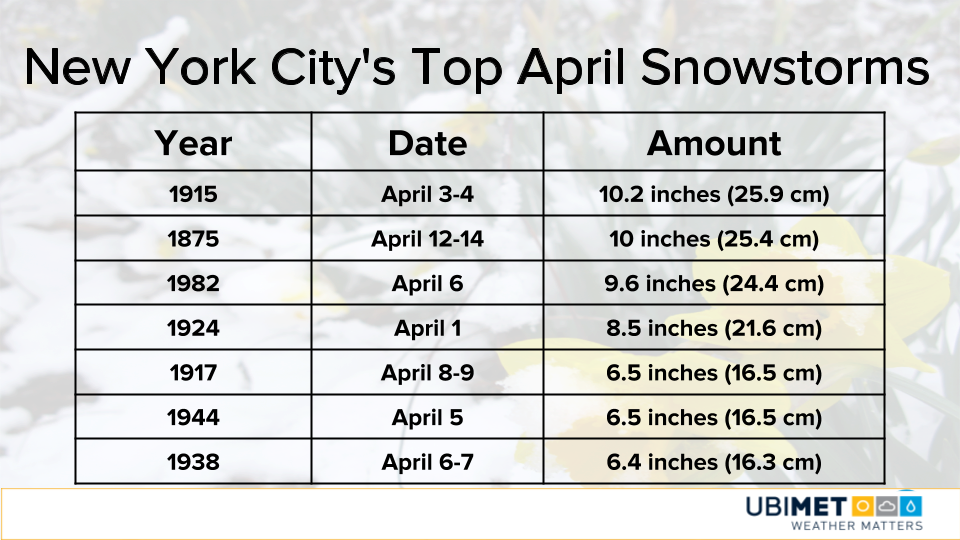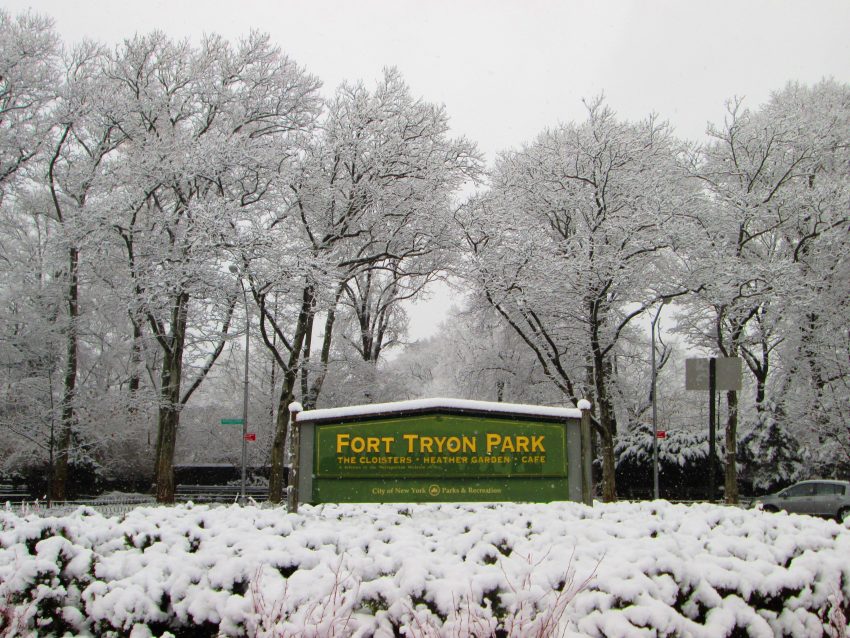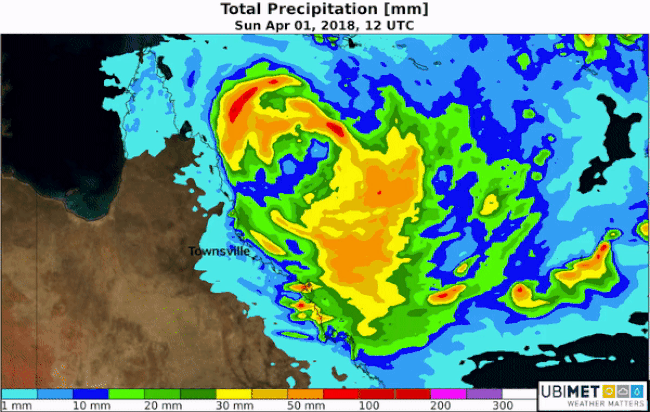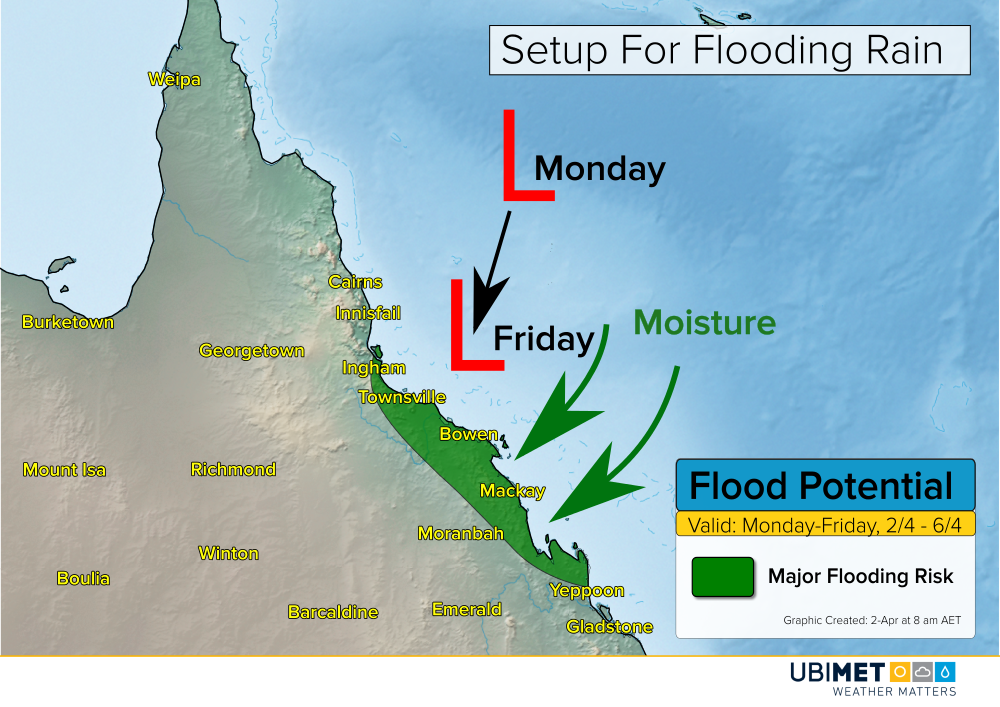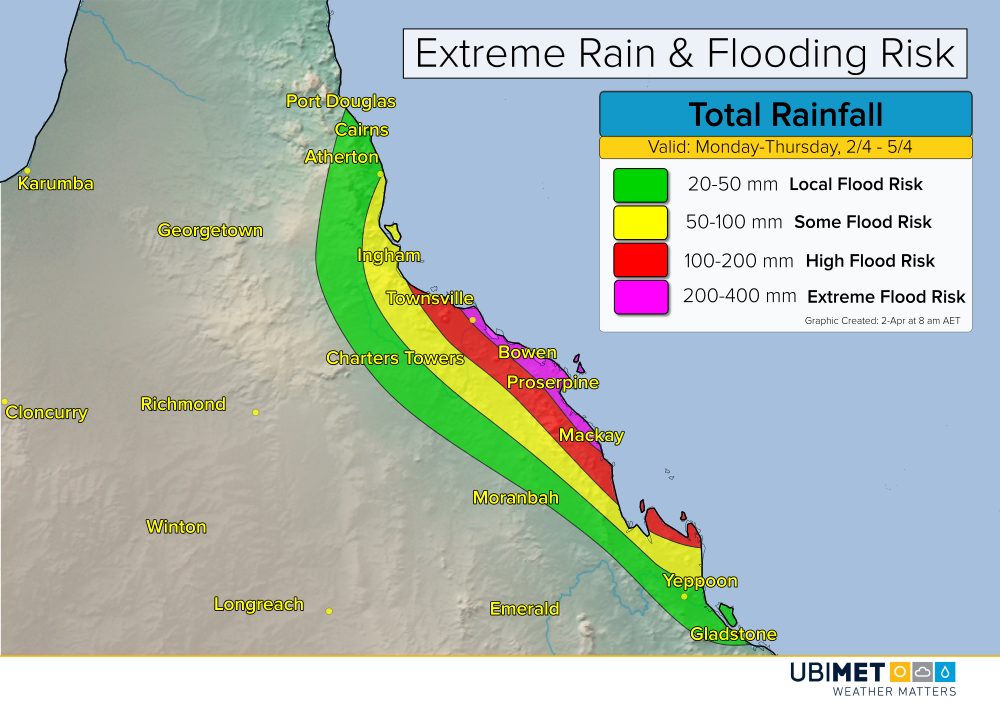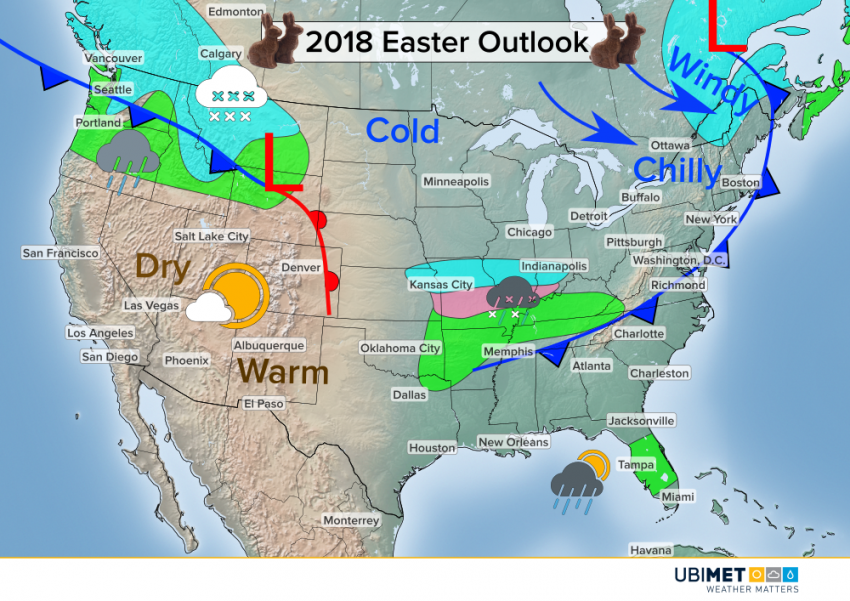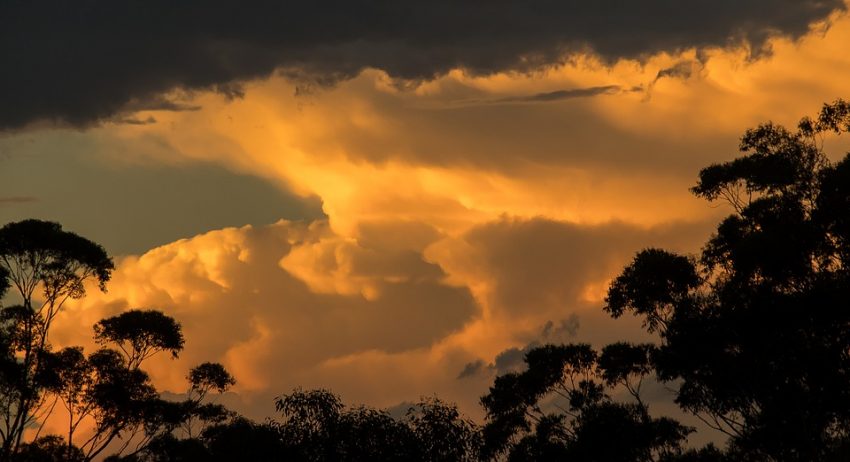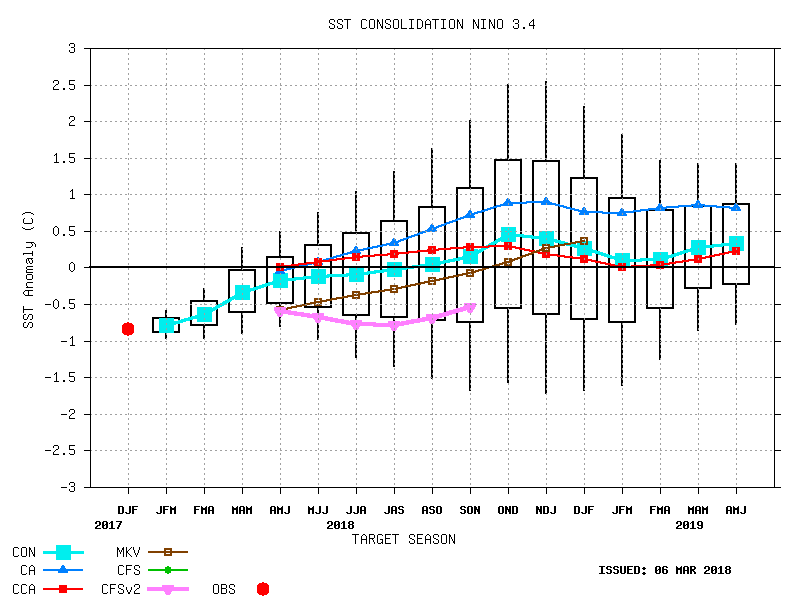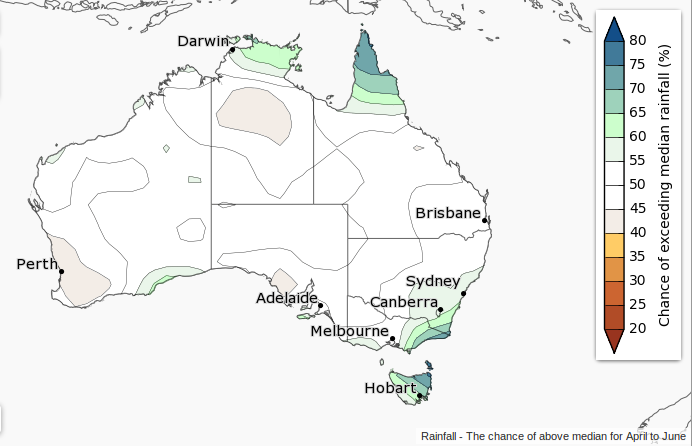April Snow Targets Mid-Atlantic, NYC
The calendar says April, but some communities across the northern Mid-Atlantic will wake up to snow Monday morning. No April fools joke!
The Details
A cold front crossed the area on Sunday bringing a fresh supply of chilly air from Canada. Meanwhile, a fast moving disturbance will move across Virginia and off the East Coast Monday morning.
A heavy, wet snow is expected to fall to the north of the track of the storm. The heaviest accumulations are expected from Pennsylvania eastward to central New Jersey and southeast New York state.

This includes cities such as Pittsburgh, State College, and New York Sunday night into early Monday.
Most of the accumulations will occur on grassy and non-paved surfaces, however, if the snow comes down hard enough some roadways will become slushy and snow covered.
The snow is expected to affect the Monday morning commute from Philadelphia up to New York and into southern New England. The snow will be long gone by the Monday afternoon and evening commute.
For New York City, measurable April snow can happen, but they are not a common occurrence. Check out this list of the top 7 April snowstorms for New York dating back to 1868.
